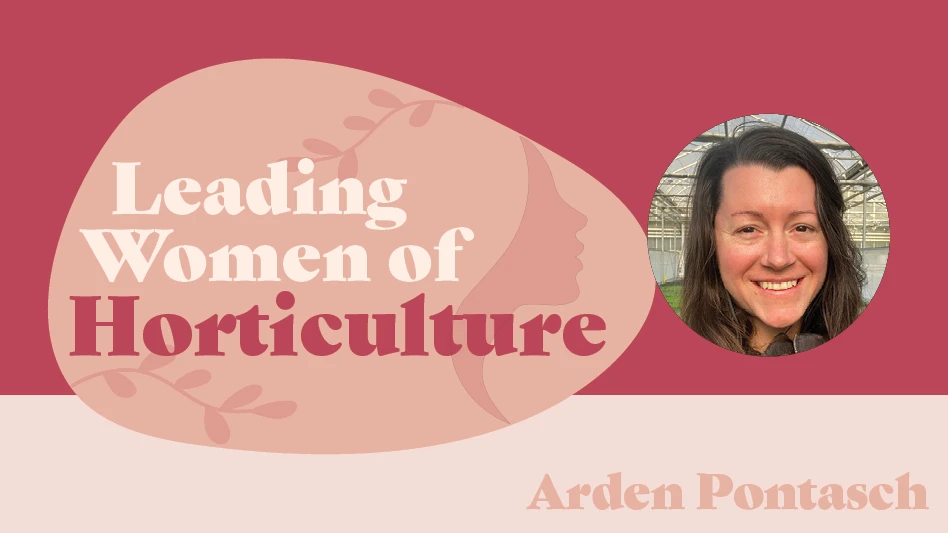

I like shrubs and trees with golden foliage. The bright luminosity and attention that a golden-yellow plant adds to the landscape is indisputable. When I first observed ‘Golden Sunshine’ willow in 2012 at Olbrich Botanical Gardens in Madison, Wisconsin, I saw it from 50 yards away. It was placed in a nexus of paths where both the bright golden coloration and layered texture were very conspicuous. It literally drew me over to find a label and I was sold. The elegant, narrow, lance-shaped leaves were a bright yellow with no leaf scorch on that hot summer day. I’ve since grown many selections of this shrub and enjoy the “splash of sunshine” that it provides in any sunny location.
Originally found as a naturally occurring mutation (sport) by Takuya Izumi in Japan in 2005, this plant was patented in 2008 and released by Garden Debut. Availability has fluctuated (frustratingly) but it is worth seeking out. This dense, multi-stemmed shrub has a spreading habit and while most literature mentions a narrow width, I’ve consistently seen it have a similar height to width ratio with some specimens reaching 20 feet and beyond. Maintaining a desired size is not difficult but warrants attention. I like to cut back this plant in late winter to encourage the fine-textured, new growth and maintain a “large shrub” size and scale of about 8 feet tall and wide but have seen both smaller specimens used successfully in large containers and the largest of specimens thriving at the scale of smaller trees.
Full sun is necessary for the best growth and the intensity of golden coloration. ‘Golden Sunshine’ does exhibit some drought tolerance once established although moist soils are preferred. Also urban pollution tolerant, this plant is not pH sensitive and has resistance to leaf scorch, leaf spot, powdery mildew, root rot and both deer and rabbits will be uninterested in nibbling. I’ve consistently observed this plant to be robust and hearty in myriad locations. The early, silver-yellow flowers (catkins) aren’t overly ornamental but the brightness of foliage, held along reddish twigs, from emergence to hard frost is impressive and noteworthy.
Why grow Salix sachalinensis ‘Golden Sunshine’?
- Bright splash of gold in the landscape
- Durable and adaptable plant
- Fast growth rate
- Great for accent or screening


Explore the April 2023 Issue
Check out more from this issue and find your next story to read.
Latest from Nursery Management
- The Growth Industry Episode 3: Across the Pond with Neville Stein
- Trends: Proven Winners 2025 perennial survey shows strong demand
- Online registration opens for the 2025 Farwest Show
- Sustainabloom launches Wholesale Nickel Program to support floriculture sustainability
- Plant breeding as an art
- Society of American Florists accepting entries for 2025 Marketer of the Year Contest
- American Horticultural Society welcomes five new board members
- Get to know Christopher Brown Jr. of Lancaster Farms






